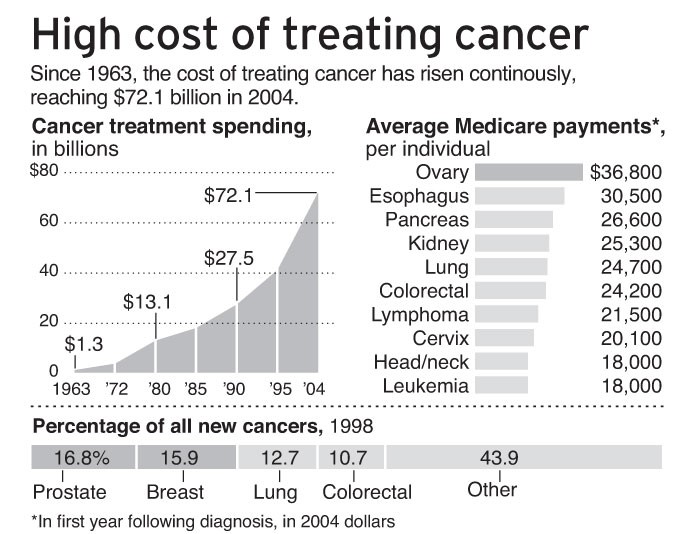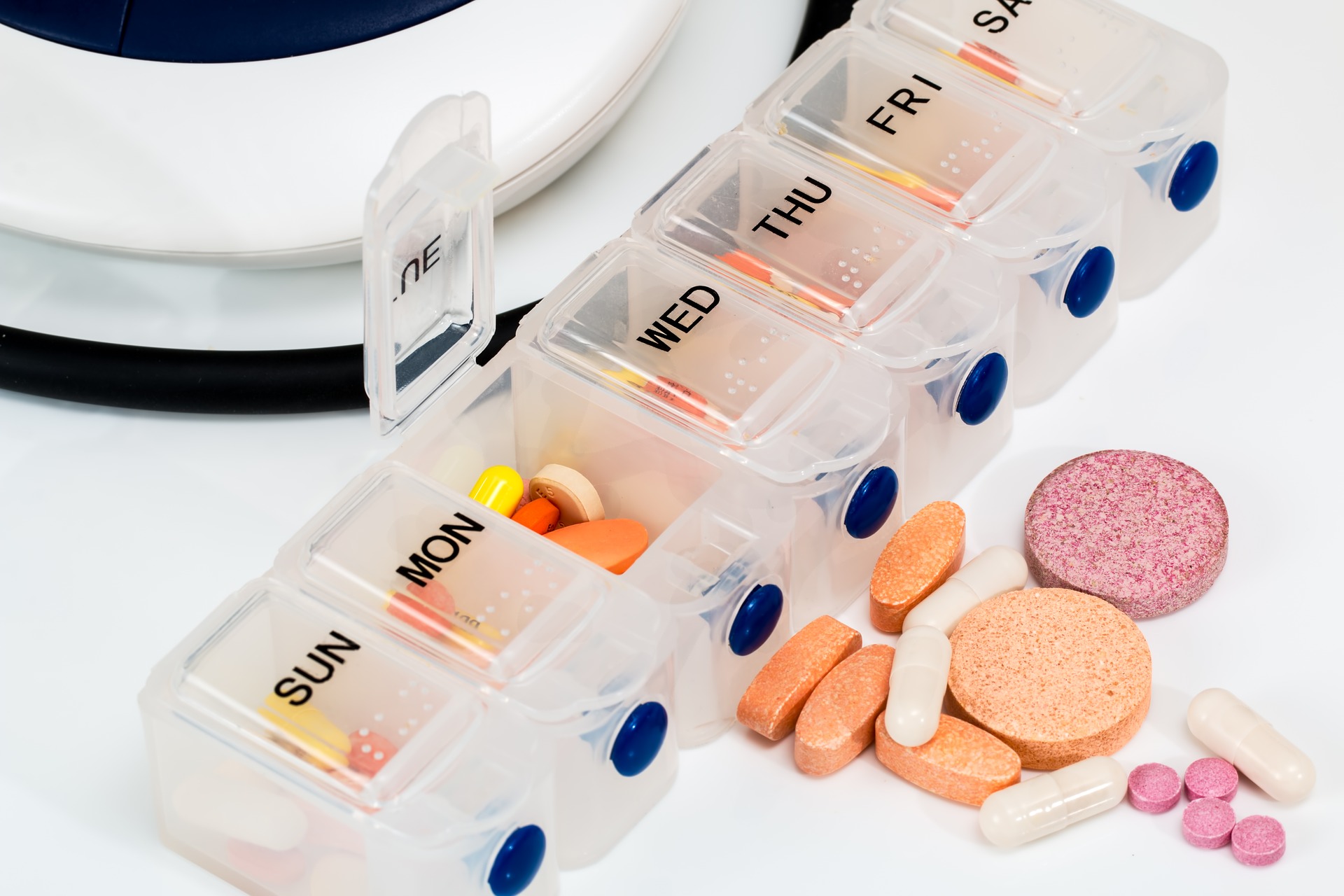There are two contrasting issues disrupting the world of cancer treatment.
One good and the other bad.
The good thing is that almost every day, there are more and more new drugs introduced to treat various cancers. These drugs are effective. They work.
The bad thing is that the new drugs coming out keep getting more and more expensive. So expensive, in fact, that they are close to breaking many countries’ health expenditures.
Various solutions have been tried in order to keep the cost of treatment down in many countries including Malaysia. Some of them, like limiting the usage of new drugs in the public sector, do control spending, but at a cost. Patients, who in many cases will benefit from using these drugs, just won’t be alive anymore because they are not able to receive the drug.
The question of the value trade-off between what the price of a life is and so on is not the focus of this article, but that is the difficult reality that confronts decision makers; many of them clinicians who have to look at the faces of their patients having made these hard choices for the greater good.

A silver lining for this conundrum is thought to be via the entry of generic medications.
For the uninitiated, when new drugs are made, they are usually made by a company that has spent millions of ringgit to test and develop these drugs.
The new drug made by this company is called an innovator drug (a lot of people call this as original drugs and this is a really wrong term that I will elaborate on in a little).
As an incentive to spur original development, innovation and research efforts, the makers of innovative drugs are given a patent protection period, a certain number of years in which only they can make and sell this new drug that they have developed.
After the expiry of the patent period, any other company can make and sell this same drug, provided that they can prove to the government regulator agencies that the drug they make is chemically the same as the originator drug. This drug is called a generic drug.
For the generic drug, there are almost no R&D costs, hence the cost of making (and thus selling the drug) many, many times cheaper.
Generic drugs, when they arrive on the market place, cause prices to fall as even the originator drug will drop their prices to compete with the generic drug. Governments (and patients) are happy because now a lot more people can buy the drug and benefit from it.
For example, Drug X1 is priced at RM 10 and due to this only 10 people can get the drug since the government budget is RM 100. However, when Drug X2, the generic version, comes into the market at RM2, now 50 people can get the drug at the same budget of RM 100.
You would think that everyone would be making a beeline to buy generic drugs at this rate.
Surprisingly, no. Although the government has switched much of its drugs to generic drugs, many people are really unhappy about it.
Here’s the reason why. Many patients (or potential patients) think that innovator drugs are ‘original’ or branded drugs and that generic drugs are ‘imitation’ or ‘fake’ drugs.
This line of thinking makes them refuse to consider generic medication or always to opt for the innovator drug even when they are given a choice, because they are informally being influenced from other non-medical sectors to always ‘buy and use original’.
A classic example of this is the advertisements every time you’re in the cinema of “Jangan Beli Cetak Rompak, Beli Yang Original” by the Ministry of Domestic Trade & Consumer Affairs.
Even though its totally unrelated to health, consumers’ minds are shaped by an overall view of the world around them, and it is found that this thinking of ‘buy original’ translates to the pharmaceutical sector as well.
In Malaysia many healthcare professionals also think this as well, as we found out at a forum carried out to highlight biosimilar and generic medications in cancer late last year. Some even said they would not put their family members on generic medications, as they doubted to its worthiness. Read our Policy brief on this issue at http://bit.ly/ncsmbrief0219
The question which then arises on generic medications are: since generic medications are cheap, are they of low quality?
Well, there is an interesting study on the use of a particular drug called docetaxel, used in the treatment of cancer.
The study looked at the amount of the active substance of docetaxel contained within the drug formulation as well as the amount of impurities (external substances from the manufacturing process which can cause side effects) in the different generic versions of the drug found all around the world.
Many of the versions just didn’t contain enough of the drug dosage for it to be effective and almost half had a large number of impurities which would have caused a large number of side-effects.
This is an interesting study, but may leave us confused on how to proceed. So are generics good or bad? What do we do? Stop using generics altogether?
The answer is simple. Trust the system. What many of us don’t know is that for every type of generic medication, there may be hundreds of ‘brands’ out there, but few, if any, are licensed to be sold and used in Malaysia.
The Malaysian National Pharmaceutical Regulatory Agency (NPRA), which is an organisation under the Ministry of Health Malaysia, regulates the entry of all drugs into the country based on evidence of their efficacy (whether the drug works or not) and their safety (whether the drug is dangerous in terms of its side effects).
The NPRA has a strong, effective approval process which is stringent and internationally recognised. So when they approve a generic drug for use in Malaysia, it has been found to be safe and effective.
So, there is really no need for most of us, including healthcare professionals, to worry about the generics being sold or prescribed in Malaysia.
Again, many of us don’t realise that almost all chemotherapy drugs, for example, are already being provided in their generic forms and patients every day are on them and getting better on treatment for cancer.
This is an important message to understand and pass on, and more importantly to also serve as a reminder to not just buy similar looking medications on your overseas travels since they might be cheaper. We do not know of their efficacy or safety.
So, that’s a little bit about generic and originator drugs.
In the next instalment, let’s discuss about biologics and biosimilars; two new kids on the block in cancer treatment.

Dr. Murallitharan M. is a public health physician and Director of the National Cancer Society of Malaysia.
- This is the personal opinion of the writer or publication and does not necessarily represent the views of CodeBlue.









